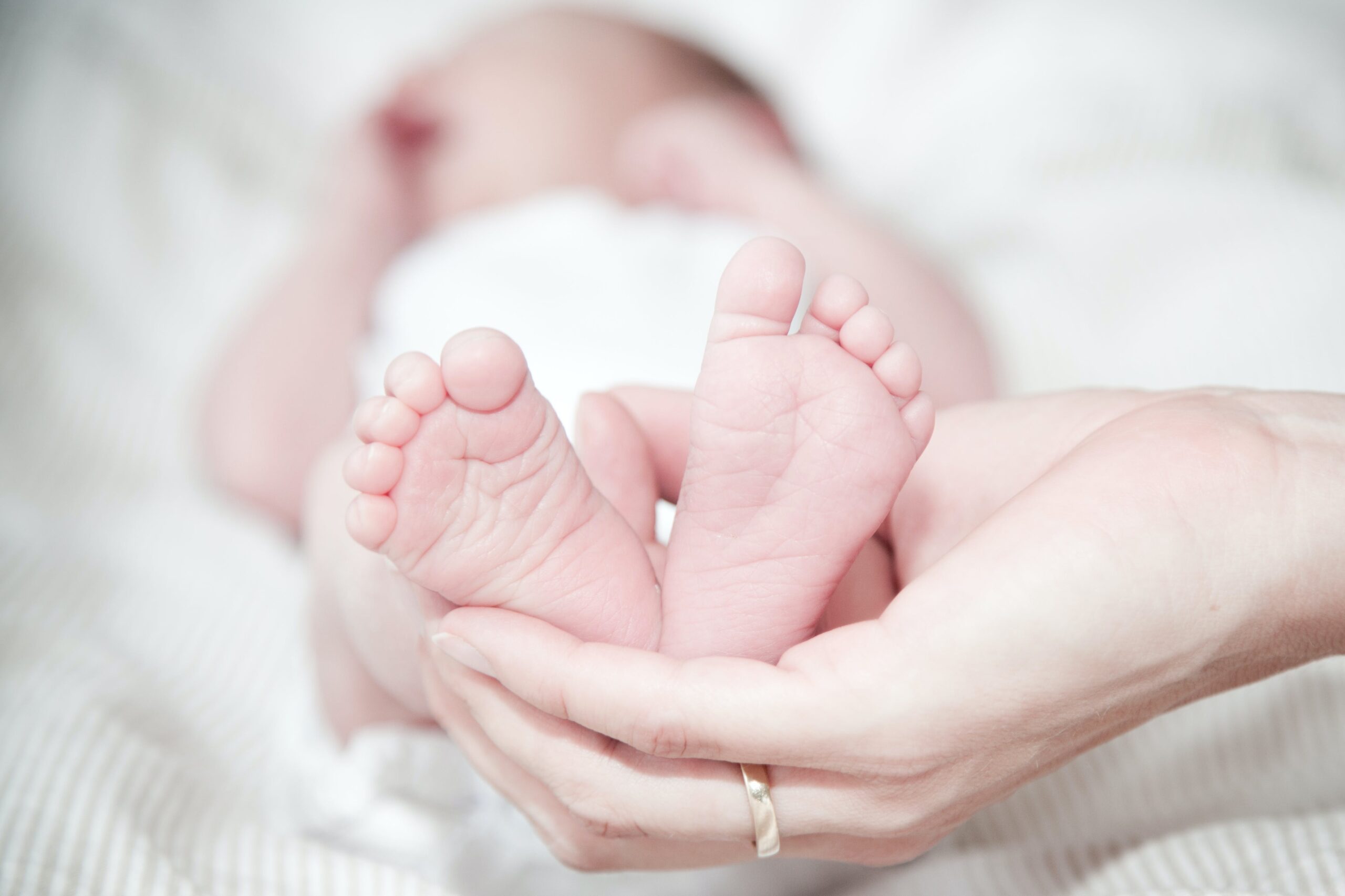Babies have delicate and sensitive skin that requires special attention and care. One common concern among parents is the occurrence of skin rashes on their baby’s skin. While these rashes can be alarming, it’s essential to understand their causes, types, and effective ways to manage and prevent them.
Causes of Baby Skin Rashes:
- Diaper Rash:
- Diaper rash is a common occurrence in babies, typically caused by prolonged exposure to wetness, friction, or the chemicals present in diapers.
- Prevention involves changing diapers frequently, using a barrier cream, and ensuring proper diaper fit.
- Eczema:
- Eczema, or atopic dermatitis, is a chronic skin condition that can affect infants. It often presents as red, itchy, and inflamed patches.
- Gentle bathing, moisturizing, and using hypoallergenic products can help manage eczema in babies.
- Heat Rash:
- Heat rash appears as small red bumps and occurs when sweat ducts become blocked, trapping sweat beneath the skin.
- Dressing babies in lightweight, breathable fabrics and keeping them cool can prevent heat rash.
- Contact Dermatitis:
- Contact dermatitis results from the baby’s skin coming into contact with an irritant or allergen, leading to redness, itching, and sometimes blistering.
- Identifying and eliminating the trigger, such as certain fabrics or skincare products, is crucial for managing contact dermatitis.
- Milia:
- Milia are small, white, or yellowish bumps often seen on a baby’s face. They are caused by trapped keratin, usually in the oil glands.
- Milia typically resolve on their own and do not require treatment.
Managing and Treating Baby Skin Rashes:
- Gentle Cleansing:
- Use mild, fragrance-free baby soap and lukewarm water to cleanse the baby’s skin. Avoid harsh chemicals or excessive scrubbing.
- Hydration:
- Keep the baby’s skin well-hydrated by applying a fragrance-free, hypoallergenic moisturizer regularly, especially after bathing.
- Diaper Care:
- Change diapers frequently, clean the baby’s bottom gently, and use a diaper cream to create a protective barrier against moisture.
- Clothing Choices:
- Dress the baby in loose-fitting, breathable fabrics to prevent overheating and reduce the risk of heat rash.
- Avoiding Irritants:
- Identify and eliminate potential irritants, such as certain fabrics, laundry detergents, or skincare products, to prevent contact dermatitis.
- Medical Consultation:
- If a rash persists, worsens, or is accompanied by other symptoms like fever, consult a pediatrician promptly for a proper diagnosis and treatment plan.
Preventing Baby Skin Rashes:
- Maintain Proper Hygiene:
- Keep the baby clean and dry by practicing regular bathing and changing diapers promptly.
- Choose the Right Products:
- Opt for baby-friendly, hypoallergenic products, including soap, shampoo, and laundry detergent.
- Monitor Diet:
- For breastfeeding mothers, pay attention to your diet, as certain foods may contribute to skin issues in breastfed babies.
- Temperature Control:
- Regulate the baby’s environment to prevent overheating, especially in warmer weather.
Conclusion: Understanding the causes and types of skin rashes on baby skin is crucial for effective management and prevention. By following proper hygiene practices, choosing suitable products, and seeking medical advice when necessary, parents can help keep their baby’s delicate skin healthy and rash-free.


